Nadine Ijewere: Our Own Selves
Art — 05.10.21
Editor & Words: Inbar Levi
Special thanks to Nadine Ijewere & Midas PR
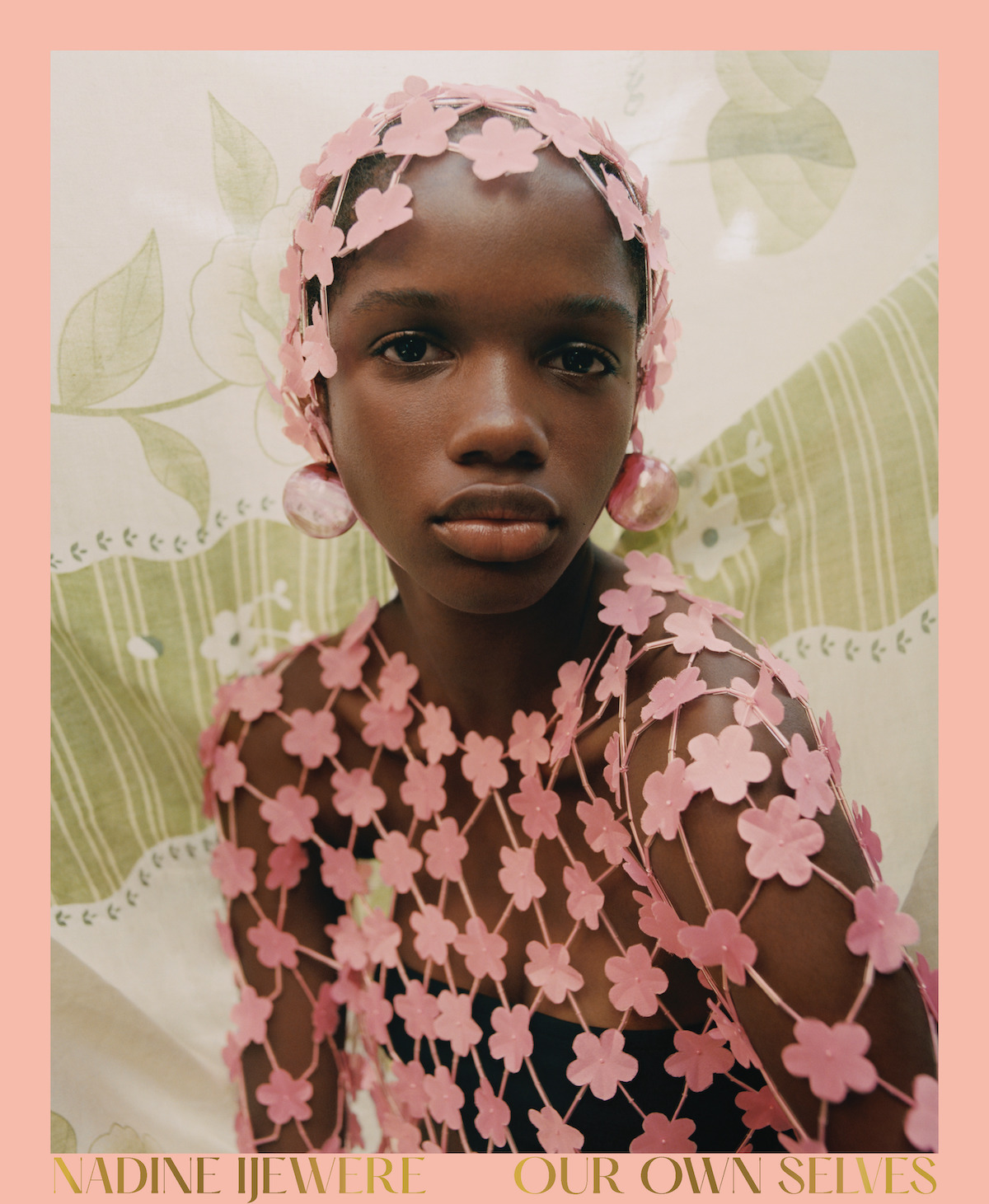
Nadine Ijewere is a London-born fashion photographer whose breathtaking photographs have been turning heads for quite some time now. Fresh out of her studies at London College of Fashion, Nadine began to investigate her own heritage through her work and portraits of nonconformity, refusing to obey the standards of what the industry considered beautiful at the time.
Since then, Nadine has climbed the strict fashion ladder, photographing numerous editorials and campaigns and becoming the first woman of color to photograph a cover for Vogue. Her signature style of photography is easily recognized with her proportional play, composition, and warmth. Some kind of togetherness is also present as she’s drawn to photographing groups of models, laughing and having fun while dipping in all of these intense colors and dreamlike reality.
Teeth had a chance to chat with Nadine Ijewere ahead of her first photo book launch Our Own Selves; a powerful compilation of her work of recent years. During this chat, Nadine discusses growing up in southeast London, choosing the path of photography over medicine, and the moment she truly felt like she made it. No doubt fashion can be a cold and cutthroat industry, but with Nadine’s touch, manifesting her ideal world of positivity, it might just get better.
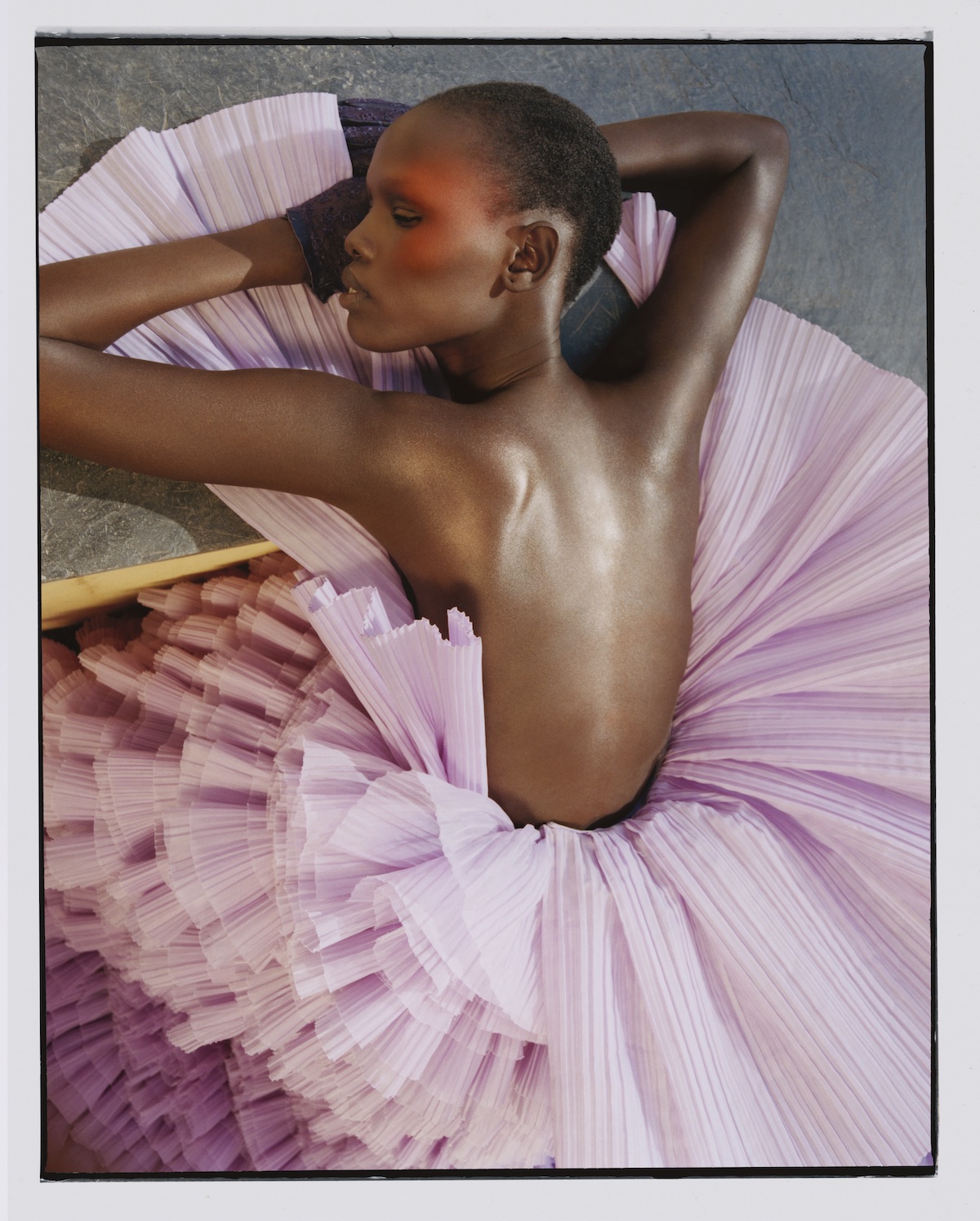 Inbar Levi: When did you know you wanted to be a fashion photographer? How did you decide to take that path?
Inbar Levi: When did you know you wanted to be a fashion photographer? How did you decide to take that path?
Nadine Ijewere: I actually was going to pursue a career in medicine but alongside the science and math subjects at A-Level, I decided to take photography. I loved it! It was all analog working with film and printing images in the darkroom. I guess it was the process for me and the patience you needed to have especially in such a digital world where everything is so fast. You really needed to think about your shot as it was limited to the number of frames you have on the film. I also loved the excitement of when you got your film reel back, and from there I knew I wanted to do something that revolved around taking pictures. I was drawn to more portraiture which evolved into fashion. When I studied at the London College of Fashion, I worked on personal projects which I would share on my early social media platforms, and from there I just started to get work and thought maybe I can make this into something!
What was growing up in southeast London in the ’90s as a daughter of Jamaican and Nigerian immigrants like? When did you feel like you really connected the first time with your heritage in your work?
Being Jamaican and born in London, I want to continue to explore my people. The Jamaican community is important to me, growing up I would look to my mum, my aunts, my uncles, and friends. Their strong sense of community, energy, and love was always present. Now that I am older, it is interesting to pay attention to the current generation, the older, and the younger. It’s also important to continue to chip away at the stereotypes that have been constructed over time. Jamaica is a small island but has had such an amazing influence on the world. Despite this, there is still a lot of negative representation. For me, it is about positively representing my people and their greatness.
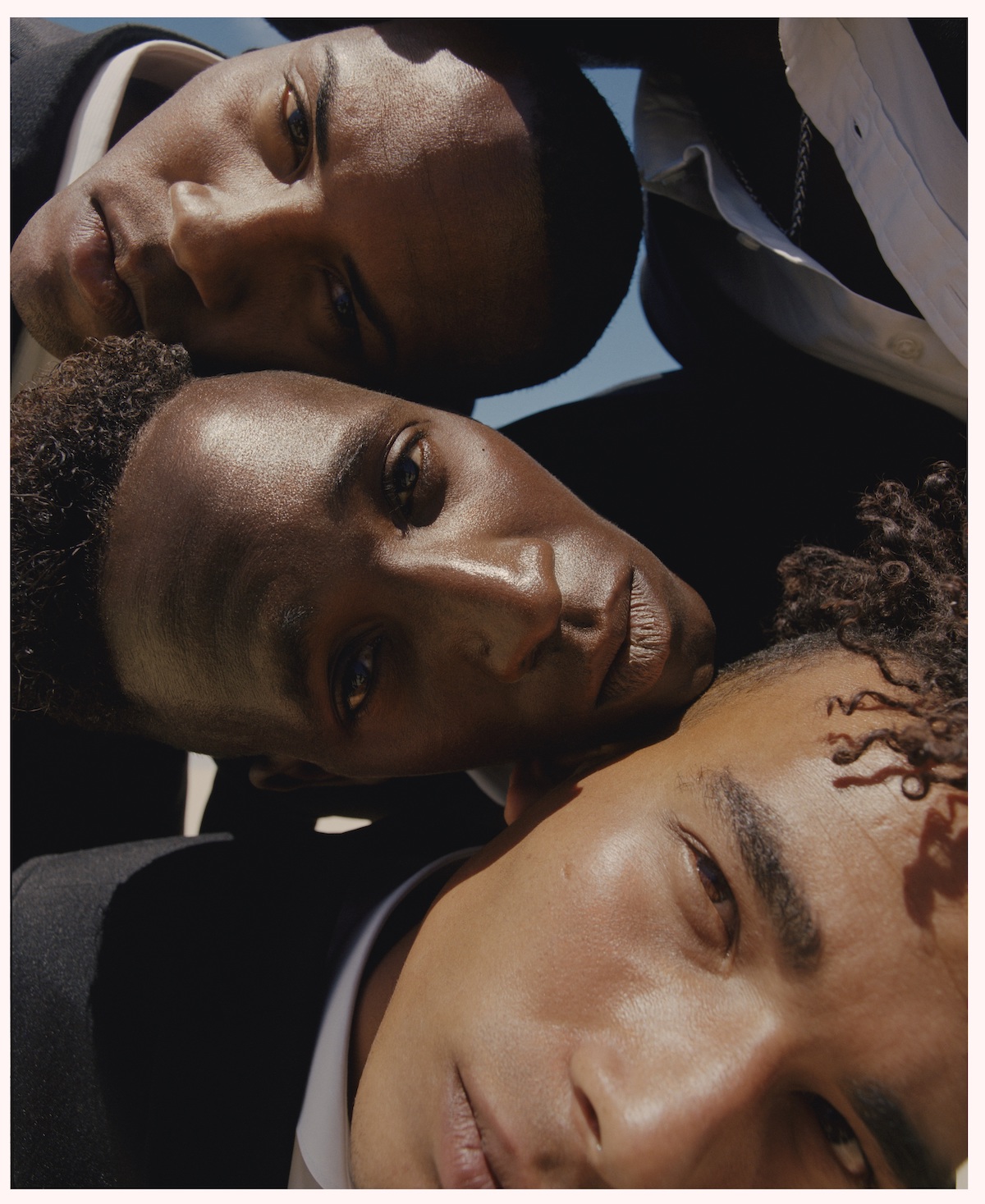
Your new photo book is a collection of your work from recent years, can you tell us a little about making that project happen? Publishing a book is a huge step – was it always a goal of yours?
I’ve always wanted to publish a book, but I thought it would be way into the future, perhaps a retrospective or something. Initially, at first, I thought I couldn’t do it because I didn’t feel like I’d had enough of a career yet but I was also excited – excited to have my images in a space collectively. It is great to be collaborating with Prestel. In terms of the photographs, I wanted to include projects I have loved working on, projects that for me celebrated beauty and identity and displayed the underlying themes of my work best.
Without asking you to reveal too much of your professional secrets, can you tell us a little about what cameras you prefer using or anything about your process of taking photos?
I mainly shoot analog on a Mamiya RZ67 pro-IID 65mm 50mm lens. I would like to say my style is quite fluid, I always work handheld – never a tripod – so I can move freely with my subjects. I often look to capture natural movement and real emotion; I try and capture the subject’s personality. I love group shots the most because when the subjects bond and forget they are on a shoot, you can really capture the love and energy.
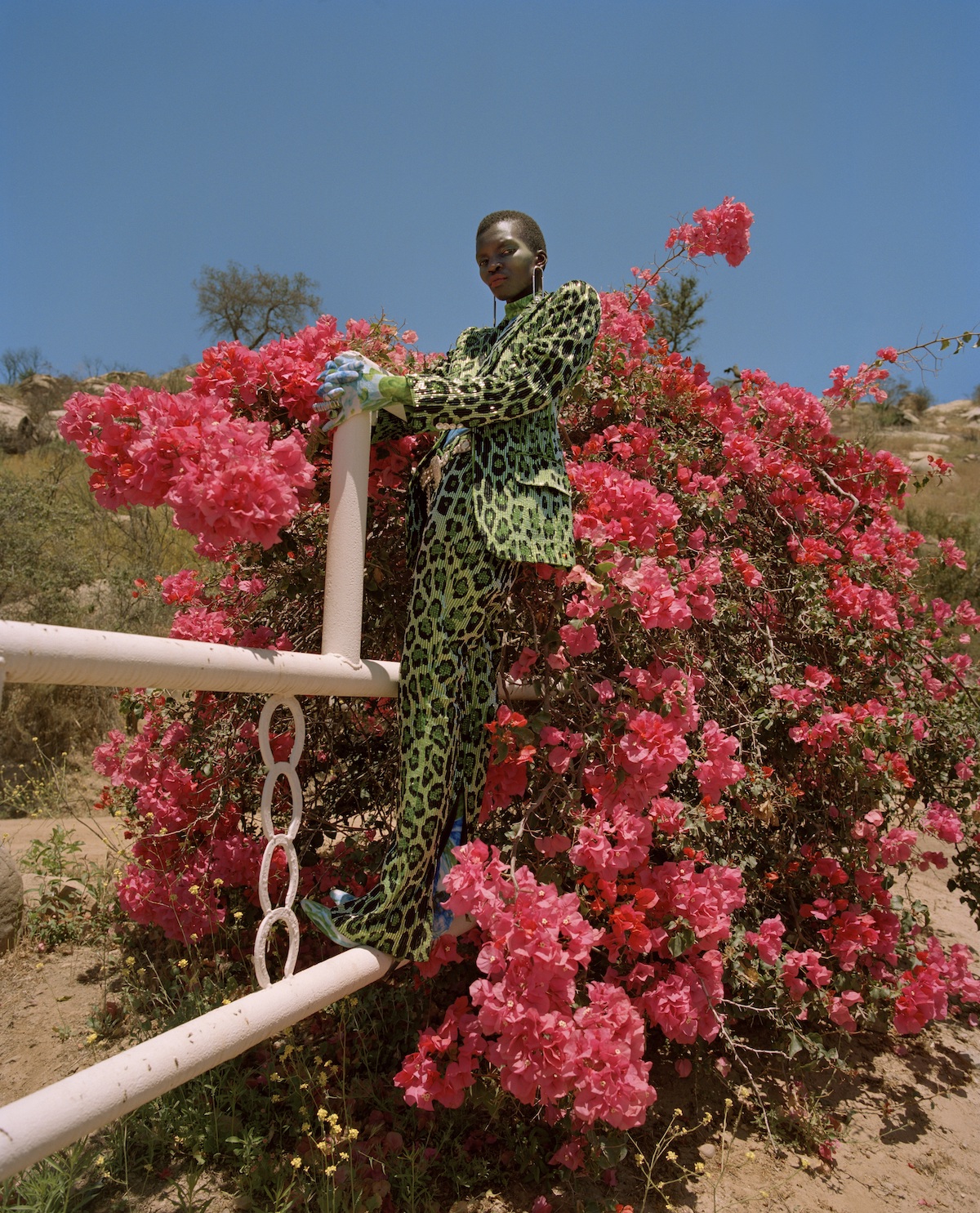
Your use of proportional illusion, composition, and an explosion of colors are quite unique. I know your casting is a crucial part of your work as well – what comes first when you plan a shoot and what determines a certain decision?
I love the warmth you get from these colors; it is wholesome, it is inviting, it is bright and exciting, but soft at the same time. It correlates with my subjects and the energy I am trying to capture with my work. I shoot a lot of people of color, we are vibrant and I feel like the palette I use best captures this. With the casting, I don’t limit myself or exclude anyone but at the same time, I do look to photograph people of color due to the lack of representation and inclusion.
Can you try to remember when your big break happened? What lead to it and how did you respond to it?
It was such a surreal experience. It was an honor to be asked to shoot a cover by Edward Enninful for British Vogue. I didn’t realize the extent of what it would mean at the time – shooting a Vogue cover is huge within this industry. As much as I loved shooting these covers, there is so much more to come from them than the covers. I hope it encourages more people of color to pick up a camera, women in particular. I hope it has helped open the door for more people of color. Shooting a Vogue cover was definitely a dream of mine which I am really grateful to have achieved. I continue to and love working with the publication.
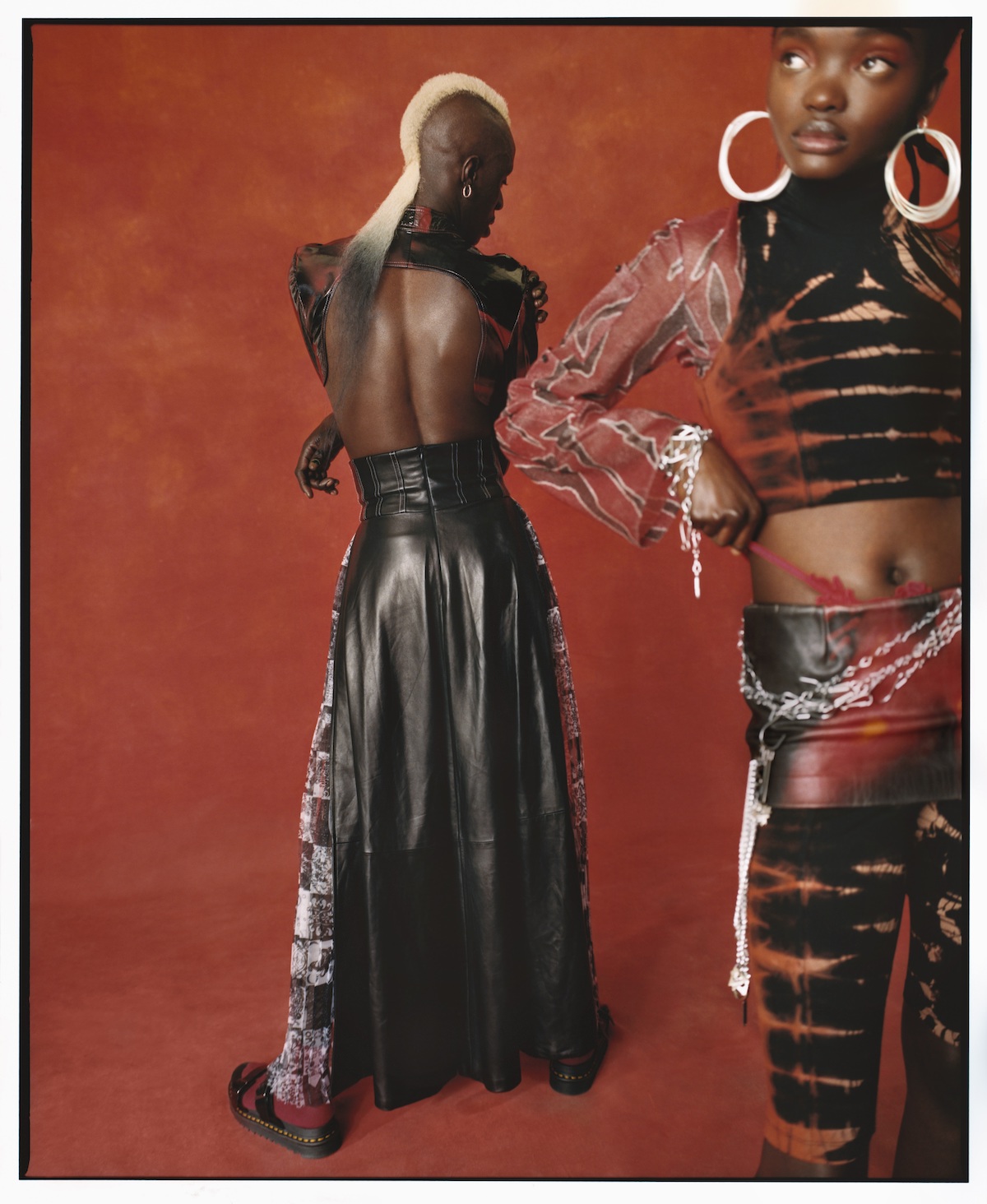
This industry can be tough, competitive, and can easily make you feel jaded. How do you keep your cool and not let it get to you on any level?
The people around you are an essential part of your journey, you are just one link in the chain.
Your collaborations with stylists, mainly with Ibrahim Kamara who you’ve worked with on project 9-ja_17, outlined Nigeria’s underrepresented younger generation and were key to creating your work. Can you explain the benefits of sharing a passion and idea for a project with a fellow artist?
The Nigerian and Jamaican communities influence my work and the person that I am. There is nothing more powerful than the love that resides within close communities. An important journey for me was going to both Nigeria and Jamaica. One similarity I found on my many trips to these places was a strong sense of community and warm welcoming energy. I embody this positivity and togetherness in my work because it’s beautiful to see this type of love. It’s also important to continue to chip away at the stereotypes that have been constructed over time. For a long time, Black people have been put down by the media. I think it’s important for people to gather their own point of view from real experiences. I am who I am because of the people around me.
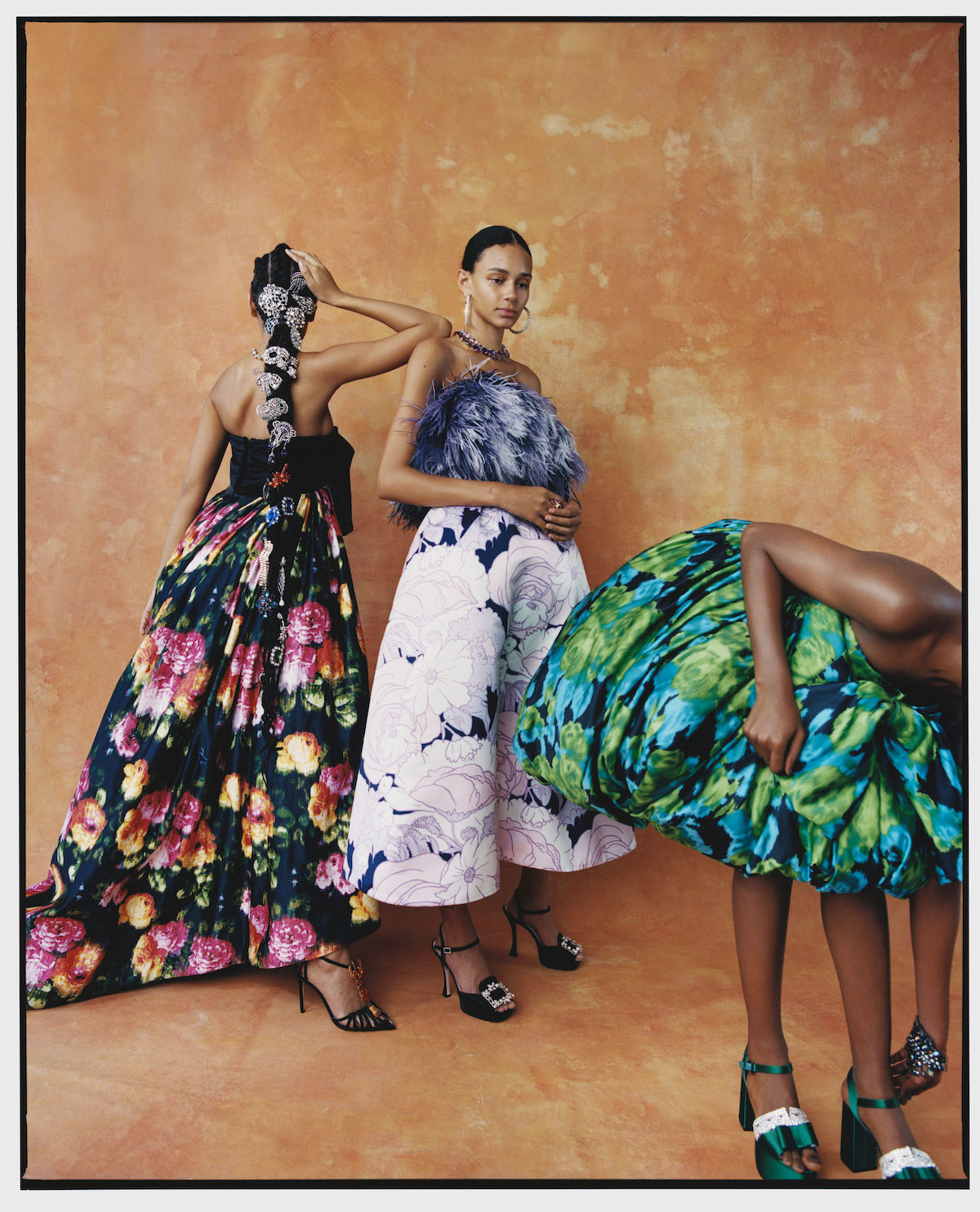
I read that when you were starting out, you never worked as a photographer’s assistant because you were worried that it will make you fall out of love with photography. Now that you’re in the position of having assistants yourself, how do you go about that? Do you encourage them to keep developing their own work while working for you?
I think the most important thing is to have patience, it takes time to get what you want in this industry, and what you want will also undoubtedly change along the way. Every part of your journey is important, don’t forget to take stock. Take a moment to appreciate yourself and the people around you. Never give up on your dreams no matter what they are. If your dream is to shoot a Vogue cover go for it, but make sure you take pride in all the publications you shoot for along the way. This goes for brands too. There will be brands you dream to shoot for, follow that dream, just don’t discredit the brands you will work with that aren’t on your dream list. Creating beautiful imagery and giving it your all on every shoot you do should be your goal. You will be surprised years later what your favorite shoots ended up being.
You’ve said in the past that you are interested in sisterhood, “…with that bond that stretches further, between women, uniting them and helping them recognize the beauty within one another.” That is a very positive message to send to women – we need more of that energy in the world and particularly in this industry. Is it something you continuously try to promote with your work?
It’s important to me to photograph female subjects, especially women of color because for so long there hasn’t been enough representation, or the representation that has been present hasn’t been the most positive. Growing up, I always wanted to see pictures of people that looked like the women I grew up around within fashion imagery and celebrated. I am so glad that I have been able to do that and show that beauty and fashion don’t consist of one type of woman. I want to celebrate women in general.
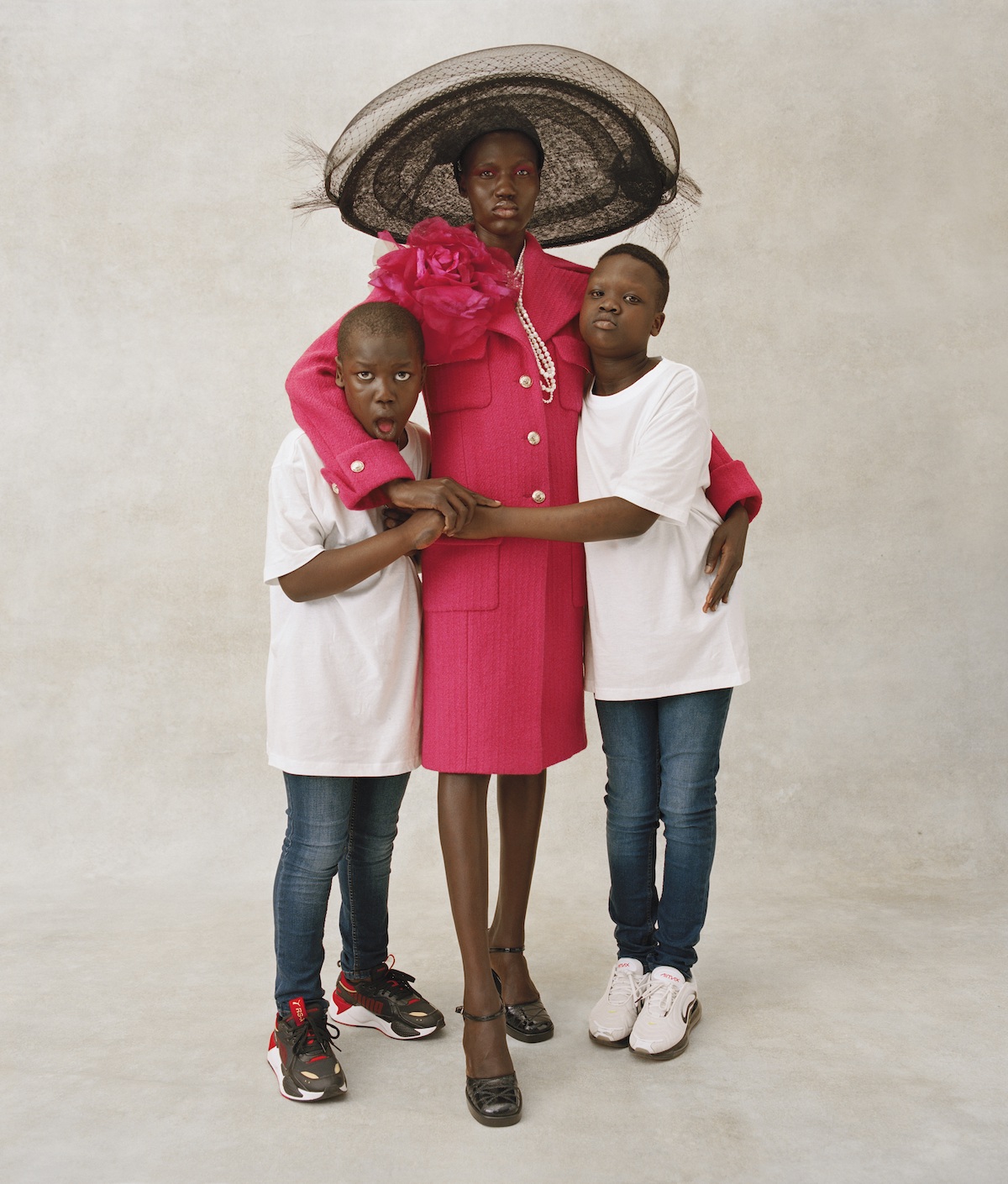
Nadine Ijewere: Our Own Selves is out now via Prestel Publishing.
Hardcover, linen, 192 pages, 24,0 x 28,0 cm, 160 color illustrations.
Purchase your hard copy here.